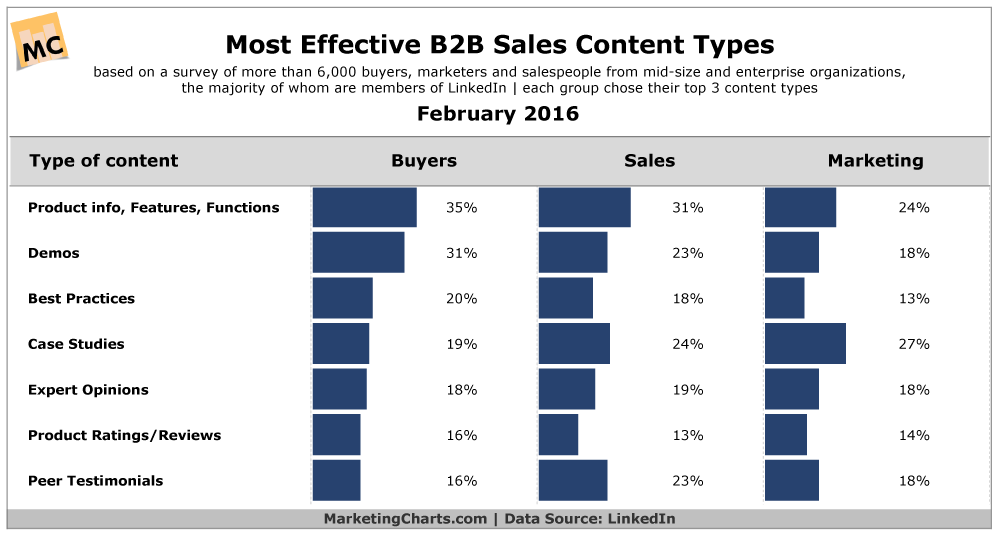Whether you sell real estate, high-end super cars, private coaching, or thousand-dollar monthly membership subscriptions, I’m here to tell you that you can and should use Facebook to sell them.
If you’ve tried to sell high-ticket items on Facebook in the past and failed, in this article I’m going to tell you what you did wrong and provide you with a solution.
The problem with selling high-ticket items
There’s a gigantic difference between selling a t-shirt or laptop on Facebook to a house or car.
Consumers can (and so often do) make impulse buys for low-cost items. After all, a $15 t-shirt isn’t going to break the bank.
But when a couple are thinking about buying their first ever home, a c-level executive needs a new SaaS tool, or a working professional is in the market for a new car, these are not items consumers buy impulsively.
A couple will spend months finding their ideal home and will need to ask the bank for lending, c-level executives will need to discuss with their peers and accountant what they can afford, and a working professional will need to see if they can afford the repayment plan and cost of running a car.
High-ticket items take longer to close because the buyer has dozens of choices to make during each step of your sales funnel.
Creating a sales funnel for high-ticket offers
To sell high-ticket offers you need to set up a sales funnel. You can’t just jump in with a sales pitch for the reasons stated already. Depending on what you sell and who you sell it to, your sales funnel should be something like this:
Awareness – The first objective is to make a connection with the prospect and your business, usually by giving some sort of value. This can be through video (recommended) or a blog of some kind.
This can easily be achieved on Facebook by running a brand awareness, video views, website clicks, or page post engagement objective.
You then pixel this audience into a custom audience and place them into the next step of your sales funnel.
Building trust – When buying a home, I feel it’s very important to have a positive relationship with the realtor. It’s a life-changing decision and you want to work with someone who understands your needs, and whom you trust.
People will back out from buying a home if they don’t like the business or realtor they are working with.
The same applies to your high-ticket offer. Research has shown that B2B decision-makers are more likely to contact a vendor if they trust them.
How do you build trust on Facebook? Through content.

At this point of the funnel it’s time to start serving your custom audience case studies, product videos, how-to blogs, and best practices tips to align yourself as an expert in your area. After all, you wouldn’t want to use a realtor who knew nothing about family homes or has never been to the area where you want to relocate.
You might want to go and capture leads at this point by using a leads ad, but depending on your offer, leads generated at this level may be too weak.
It’s better to use this part of the funnel to build trust and then work on generating leads, as you’ll convert better and make life easy for your sales team.
Capture their information – So you’ve raised awareness and built some level of trust, now it’s time to take your relationship off somewhere public like Facebook and go somewhere private (email marketing) where you can nurture and start prospecting.
Just the other week I talked about all the ways you can build an email list from Facebook, so you can follow the tips outlined in that blog post to gather data. You could even hold off the case studies and use them to further convey trust by asking them to opt-in via a lead ad.
Email automation – Once they opt in to your mailing list, they should be sent a sequence of emails as part of the nurturing process. How many emails? Well, that really depends on your audience and what you’re selling – there is no magic number.
The email sequence should:
- welcome them to your brand, maybe with a small free gift (eBook);
- educate the prospect about your product or service (benefits and features);
- showcase user testimonials and industry reviews; and
- call to action (phone call, free trial, in-store demo, etc.).
A prospect that gets to the call to action stage is highly likely to become your next customer. The best part of this strategy is that the entire process from Facebook to email can be automated.
The campaigns and emails only need to be set up once, making it very easy to scale once you have set up a fluid funnel.
Your turn
Selling high-ticket items on Facebook is easy when you have the right sales funnel. The example I gave above is just a template and you may need to test each section to see what works for you.
You may need to send 10 emails before calling the prospects out, while another business may just need two or three. You’ll have to test this, gather feedback, and adjust your strategy for it.
People who buy homes, cars, swimming pools, furniture, and thousand-dollar programs all use Facebook, but are you using the right marketing to grab their attention?